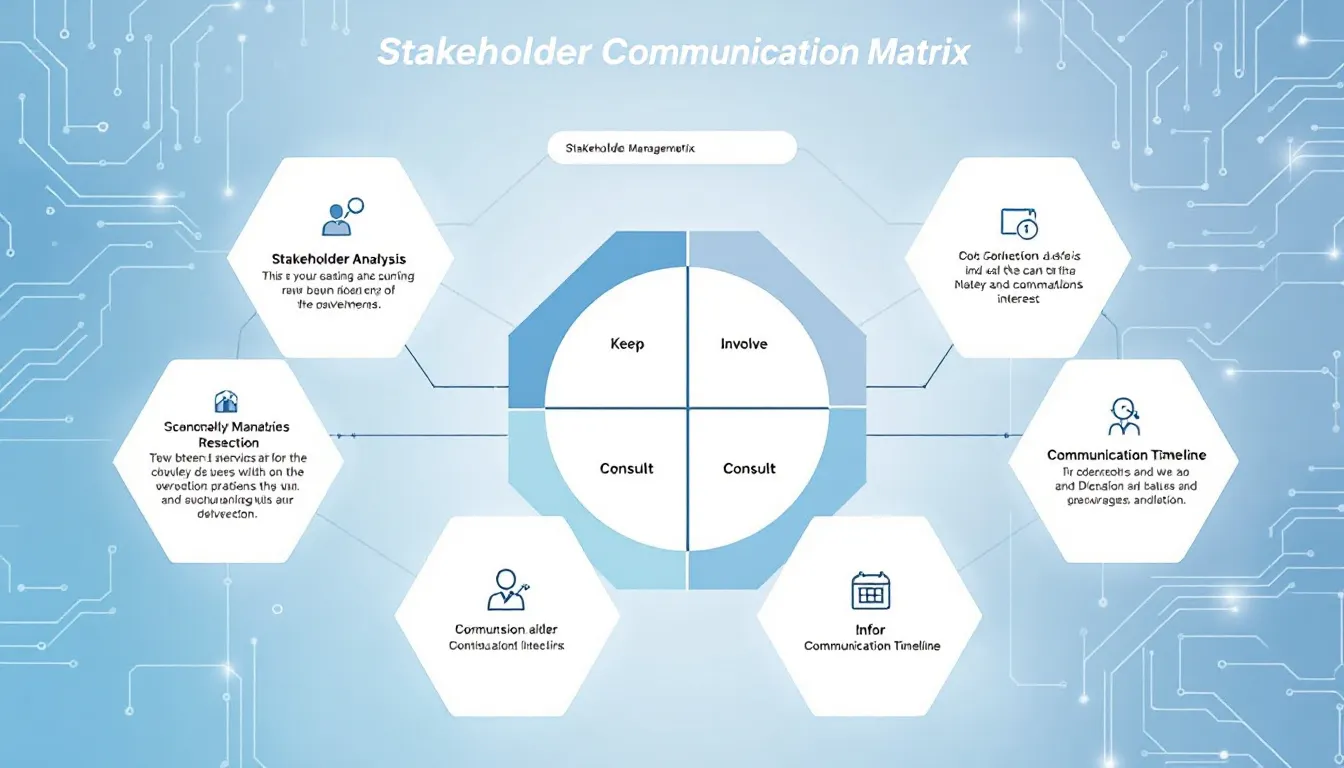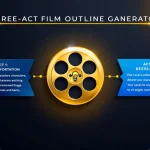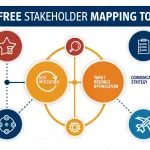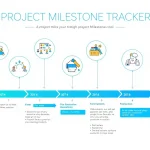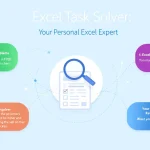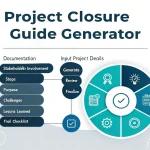AI Stakeholder Communication Plan Generator
Is this tool helpful?
How to Use the AI Stakeholder Communication Plan Generator Effectively
Step-by-Step Instructions
Follow these simple steps to create a clear and effective AI stakeholder communication plan tailored to your project needs:
- Enter the AI Project Name: Provide the official name of your AI initiative. For example, “Smart Retail Analytics System” or “AI-Based Environmental Monitoring.”
- List Stakeholders with Roles and Contacts: Include key individuals or groups involved with their roles and contact details. For instance:
- Maria Lopez, Product Owner, [email protected]
- Dr. Kevin Tran, Data Scientist, [email protected]
- Add Project Milestones and Dates (Optional): Specify important phases and deadlines, such as:
- Requirement Analysis: 2024-01-20
- Prototype Development: 2024-03-15
- System Deployment: 2024-06-10
- Detail Communication Preferences (Optional): Indicate preferred channels and frequency, like “Bi-weekly sprint meetings, Monthly newsletter updates.”
- Define Key Messages (Optional): Highlight important points to share, for example, “Boosting sales through customer behavior insights, Ensuring data privacy compliance.”
- Generate the Plan: Click the button to produce your customized AI stakeholder communication plan, which helps organize and optimize your communication efforts.
Understanding Your Generated Communication Plan
The output includes:
- Classification of stakeholders based on influence and interest
- Recommended communication schedules tailored to each stakeholder group
- Guided messaging aligned with your project milestones and stakeholder expectations
- Visual mapping of stakeholder priorities through an influence-interest matrix
- Suggested channels like email, meetings, or reports suitable for each recipient
Review this plan carefully to guide your communications and maintain strong stakeholder relationships throughout the AI project.
Introduction to the AI Stakeholder Communication Plan Generator
What the Tool Is and Why You Need It
The AI Stakeholder Communication Plan Generator is a streamlined tool designed to help you create effective communication strategies for your AI projects. By entering your project specifics and key stakeholder details, the generator crafts a tailored communication plan that ensures everyone stays informed, engaged, and aligned with project goals.
Key Benefits of Using This Tool
- Saves time by automating communication planning
- Ensures all stakeholders receive appropriate and timely updates
- Aligns communication with project milestones and key messages
- Improves transparency and trust across stakeholder groups
- Supports better project outcomes through clear and consistent messaging
Practical Uses of the AI Stakeholder Communication Plan Generator
1. Streamline Communication in Complex AI Projects
You can use this tool for AI projects involving multiple stakeholders, such as development teams, executives, users, and regulatory bodies. It helps you tailor communication plans to address each group’s unique needs and preferences.
2. Improve Stakeholder Engagement in Healthcare AI
For AI solutions in healthcare, maintain open communication with medical staff, administrators, patients, and regulators. The generator suggests messaging and communication frequencies that respect their varied interests and priorities.
3. Manage Financial AI Project Communications
Use this tool to coordinate stakeholder communication in finance-related AI initiatives. It offers guidance on addressing concerns from investors, compliance officers, developers, and end-users appropriately.
4. Support Smart City AI Implementations
For municipal AI projects, engage community members, officials, businesses, and partners effectively. The generated plan helps you balance transparency with technical details tailored to each audience.
How the AI Stakeholder Communication Plan Generator Addresses Key Challenges
Stakeholder Identification and Prioritization
Challenge: Identifying every relevant stakeholder and prioritizing their engagement can be difficult.
How the Generator Helps: You input stakeholder roles and contacts, and the tool categorizes each based on influence and interest levels. This classification guides your communication priorities effectively.
Example:
Consider two stakeholders:
- Stakeholder X: Influence score = 5, Interest score = 4
- Stakeholder Y: Influence score = 2, Interest score = 3
Your tool categorizes Stakeholder X as Manage Closely and Stakeholder Y as Keep Informed, helping you focus communication efforts effectively.
Determining Proper Communication Frequency
Challenge: Finding the right balance to avoid overloading or under-informing stakeholders.
How the Generator Helps: It recommends communication intervals based on stakeholder categories and project milestones using this formula:
$$ \text{Communication Interval (days)} = \frac{\text{Days until next milestone}}{\text{Stakeholder category factor}} $$Where the stakeholder category factors are:
- Manage Closely: 7
- Keep Satisfied: 14
- Keep Informed: 21
- Monitor: 30
Example Calculation:
If the next milestone is 56 days away for a Keep Satisfied stakeholder:
$$ \text{Communication Interval} = \frac{56}{14} = 4 \text{ days} $$This suggests you should communicate approximately every 4 days to maintain effective engagement.
Crafting Messages for Diverse Stakeholders
Challenge: Different stakeholders have varying levels of technical knowledge and interests.
How the Generator Helps: It analyzes stakeholder profiles to tailor messages accordingly. For example, technical team members receive detailed AI model insights, while executives receive business impact summaries.
Example:
- Technical Stakeholder: “The AI model achieved 95% accuracy in classification tasks.”
- Non-Technical Stakeholder: “The AI system reduces operational costs by 20%.”
Important Disclaimer
The calculations, results, and content provided by our tools are not guaranteed to be accurate, complete, or reliable. Users are responsible for verifying and interpreting the results. Our content and tools may contain errors, biases, or inconsistencies. Do not enter personal data, sensitive information, or personally identifiable information in our web forms or tools. Such data entry violates our terms of service and may result in unauthorized disclosure to third parties. We reserve the right to save inputs and outputs from our tools for the purposes of error debugging, bias identification, and performance improvement. External companies providing AI models used in our tools may also save and process data in accordance with their own policies. By using our tools, you consent to this data collection and processing. We reserve the right to limit the usage of our tools based on current usability factors.
